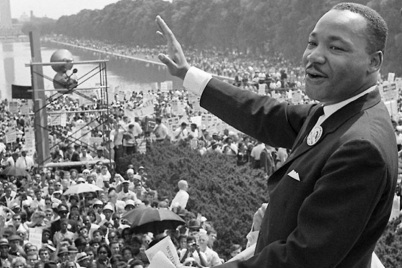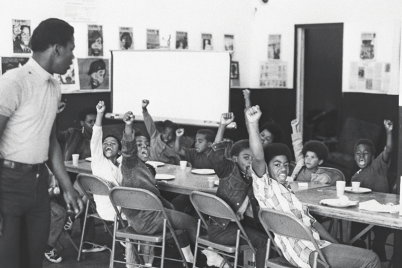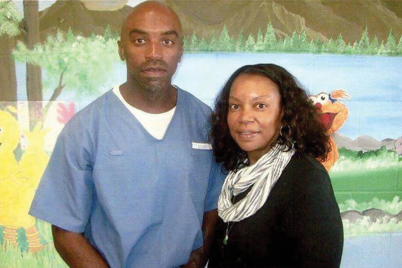At least 12 million Africans, over the course of about 250 years, were kidnapped and sold as human cargo. The above map shows the Slave trade out of African 1500-1900.
JENNIFER GAMBLE-THEARD, M.ED., ASALH Historian
The year 2019 marked 400 years that African people began a gradual and forced migration away from the African continent to North America. At least 12 million Africans, over the course of about 250 years, were kidnapped and sold as human cargo. The atrocity reached a crescendo of misery, destruction, and death for Africa and those who were ripped away from the continent.
The transatlantic movement of Africans across the ocean was not by choice for those who were enslaved. Eventually, that brutal forced migration forever changed the face and character of the modern world. In time, the slave trade actually laid the foundation for modern capitalism, generating immense wealth for business enterprises in America and Europe.
On the backs of enslaved people, commerce and trade contributed to the industrialization of the United States. As the seeds of our ancestors were scattered in the Americas, time and circumstances began to propel the descendants of enslaved Africans to make moves of their own choice.
Throughout the history of the African descendants in North America, there have been various and distinct migration patterns that have given shape, color and dimension to economic and cultural centers here and throughout the world. For those brave enough to break away from the lack of opportunities and enforced oppression, the migrations mostly resulted in better outcomes, opportunities, and future possibilities.
In the 19th century, tens of thousands of African Americans in search of freedom and opportunities that they believed were out of reach in the land of their birth chose to emigrate. They settled in Liberia, Canada, Haiti, Mexico and Trinidad.
The diaspora brought Haitian immigrates to Louisiana in the early 1800s where they influenced the idea of “freedom” to those who were in the grips of slavery.
There was a western expansion after the Civil War and Reconstruction that attracted African Americans who were disillusioned with the Jim Crow South. Many were lured west seeking land and jobs in Kansas, Oklahoma, the Great Plains and California. Many of those black pioneers settled on homesteads and created all-black towns.
During the 19th century, there was the movement of free blacks that left the south and migrated to northern states in search of a better life. They clustered in small communities in larger cities and helped establish the foundations of the black urban north.
The Great Migration of the early 1900s was an important time of movement for choice, away from the restrictive South. Some 1.5 million people moved between 1916 and 1930 when the war industry offered industrial jobs to the African- American population. Those opportunities transformed them from a predominately rural South people to a predominantly urban north people.
A Second Great Migration continued into the mid-20th century. Five million black southerners moved north and west by 1970. During that time, 47 percent of the nation’s African Americans lived outside the South, and more than 80 percent lived in northern urban areas.
The big picture of time shows that Caribbean immigration began as early as 1900.
A large number of people from the British West Indies such as Jamaica and the Eastern Caribbean islands migrated to the United States. Today, more than five percent of Afro Caribbeans represent the U.S. black population.
Since the 1970s, the country has witnessed a reverse migration of African Americans to the desegregated South as prospects for blacks improved in the region. Atlanta exemplifies opportunities and migration patterns working together. It has evolved into a mecca of progress for many African Americans.
The south, in general, attracts twice as many Blacks than the north of all ethnic persuasions of the common African heritage, enduring, surviving, and overcoming slavery and colonial strongholds.
Although Haitian immigration or emigration is not new, the boatloads of people fleeing political persecution and economic disaster brought public attention and political opposition due to some people’s views of the changing U.S. population, or the so-called browning of America.
African immigration from the 1970s makes up the newest and most distinctive immigration of blacks. More than a half-million people from sub-Saharan Africa have recently migrated to the United States. Dispersed throughout the country, this highly educated group represents two percent of the black population.
Finally, a future perspective of black migration is that of “a return to Africa” of our own will, at a time of our choosing, with our feet firmly situated in both continents. In 2019, Africa is beginning to rise and prosper.
This movement has already begun, and some plans reach as far as 50 years away. I encourage you to check out what the African Union Ambassador to the United States, Dr. Arikana Chihombori Quao, has to say about our potential, dynamic and profound future as one people together.
After 400 years, there’s greater migration and movement to come.
Jennifer Gamble-Theard, M.Ed. is a retired Pinellas County educator in the study of history and language. She is also the historian for the St. Petersburg Branch of ASALH.








